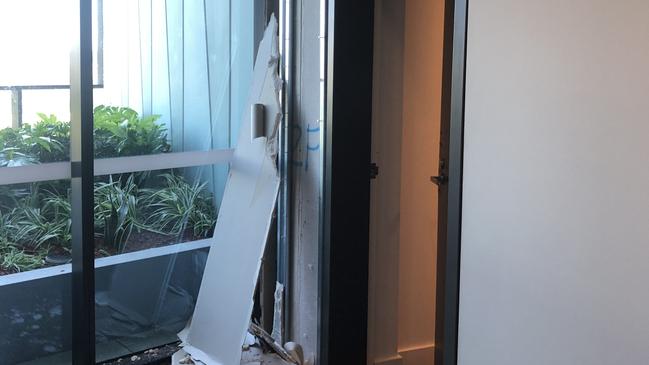Wags tag Opal high rise Sydney’s Leaning Tower of Pisa
The wags on social media are calling it the Leaning Tower of Sydney, saying it could become a Sydney Olympic Park tourism attraction to rival the Pisa Tower from the 12th Century.
The wags on social media are calling it the Leaning Tower of Sydney, saying it could become a Sydney Olympic Park tourism attraction to rival the Pisa Tower from the 12th Century.
The slight movement in Opal Tower which has triggered cracks, just months after its August completion, has been labelled as staggering by industry veterans.
On Christmas Eve there were eight owners who had their Opal apartments for sale who will now find them virtually unsellable.
Ditto the remaining stock of the developer whose saw cost overruns take the project from $155 million to $175 million. Land title records suggest about 50 apartments remain with the developer.
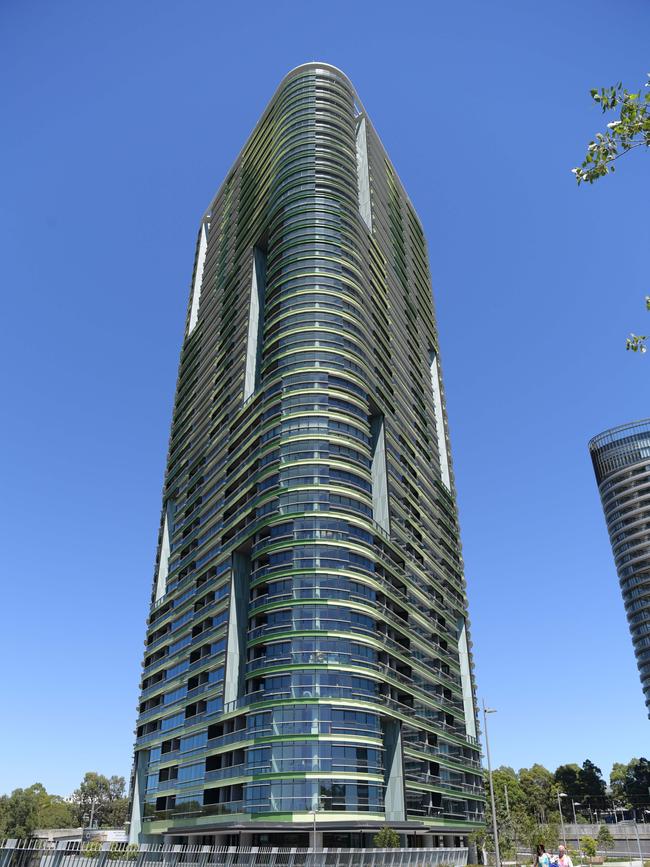
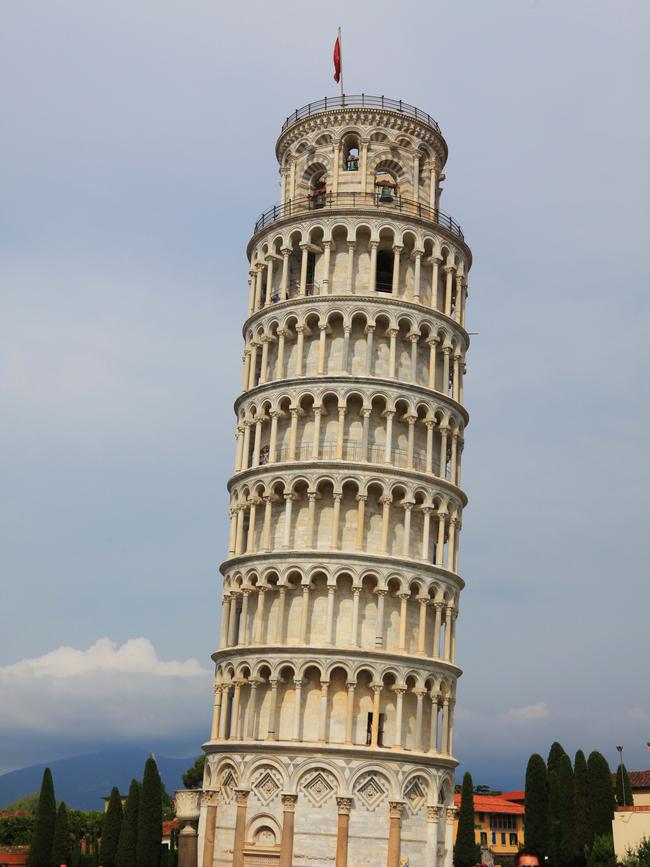
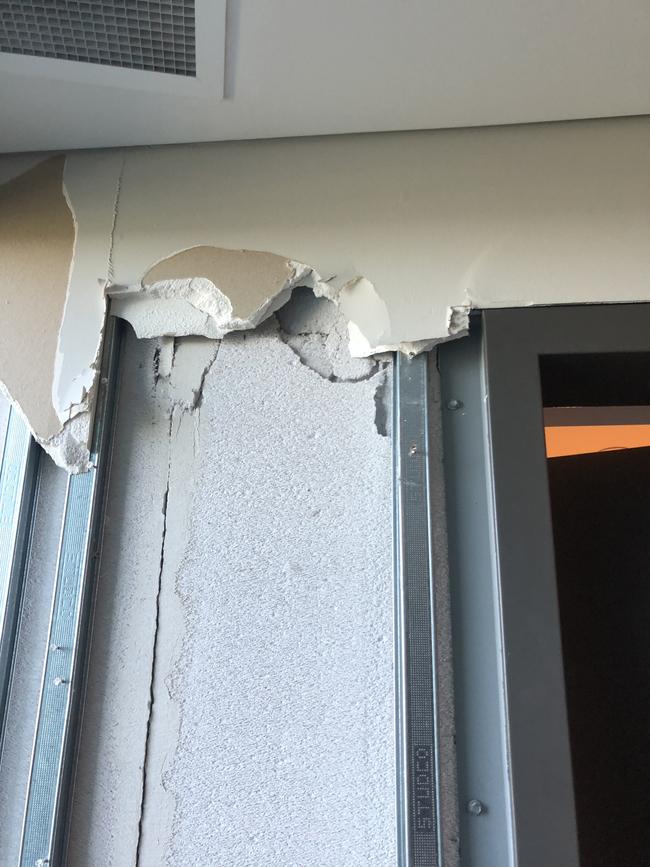
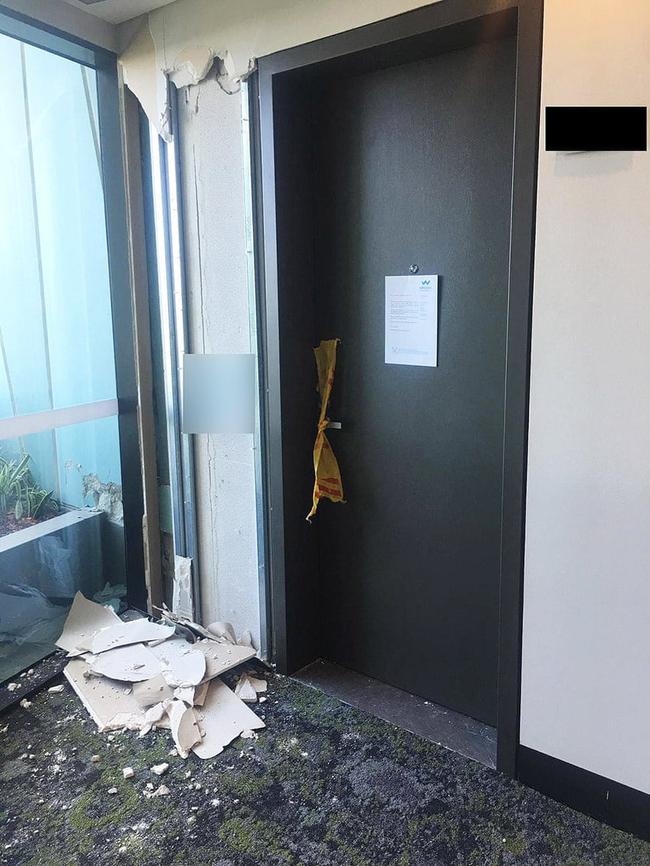
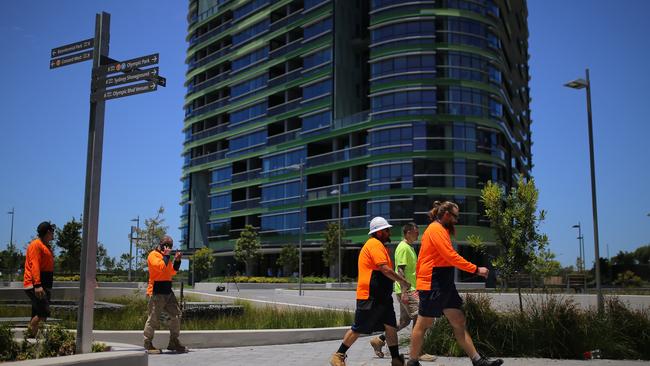
Any near neighbours will also see far less buyer interest given there will longstanding fears of being caught in any collapse, despite its unlikelihood.
Opal Tower owners can expect to hear from their financiers too, as they will be worried as to the state of the asset they have lent against.
This is the kind of stuff that you’d only expect to see in third world countries, a potentially bigger crisis than the fire-safety cladding issue that has affected high-rises across the world.
The Opal Tower will become a legal minefield as the participants appraise their liability.
Already the developer Ecove has suggested queries are best answered by their builder, Icon Co.
No doubt Icon will point to their contractors.
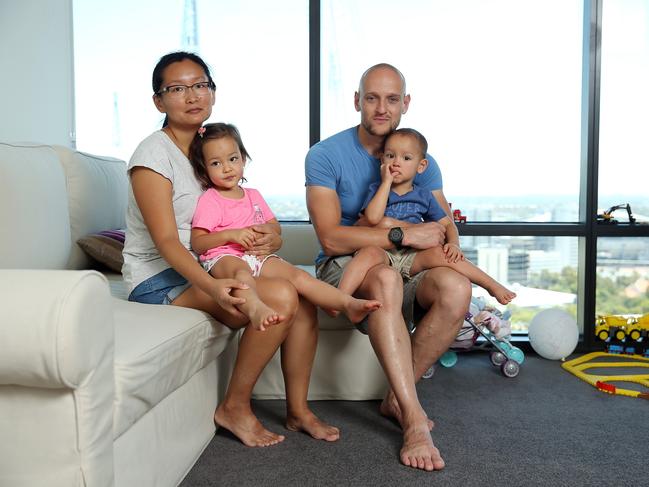
The State Government hasn’t necessarily come out of this scot free as the purchasers actually bought their apartment from the government’s Sydney Olympic Park Authority (SOPA).
The investigation will seek to identify why the internal support wall failed, with mostly likely four causes for failure to be checked; the site, the design, the materials used and the construction.
The tower, which had much built pre-fab offsite, was designed to be the tallest in the Olympic Park precinct, boasting 360 degree views across Sydney. It took the apartments in the affluent Western Sydney precinct to around 1,700.
The high-rise with vertical gardens was designed by the architectural firm Bates Smart, with an unusual triangular shape, divided horizontally into five stacked blocks each with different floor-plates.
The site was formerly a stormwater detention basin, Bates Smart studio director Mathieu Le Sueur noted in a presentation two months ago at Council on Tall Buildings and Urban Habitat Australia Design Excellence Series.
The development saw sales range from $505,000 up to $2.498 million, which ranks as the record price for the precinct.
Sellers since moving in have seen very limited price growth, and actual small losses, after costs such as stamp duty and estate agent commission. A 12th floor one bedroom, with study unit sold at $640,000, having been been for $637,000 off the plan in 2014. Another seller took $815,000 on an apartment that cost $785,000.
There’s a one bedroom for sale at $698,000 which cost the vendor, Minling Fu $724,000.
Sydney Olympic Park Authority noted in its recent annual report that demand for new apartments had “dropped significantly” in the precinct.
“Previously strong demand for new stock saw excellent take-up of apartments,” SOPA noted.
“Enquiries have slowed significantly compared to previous years, and may well continue to do so over the next few years.”
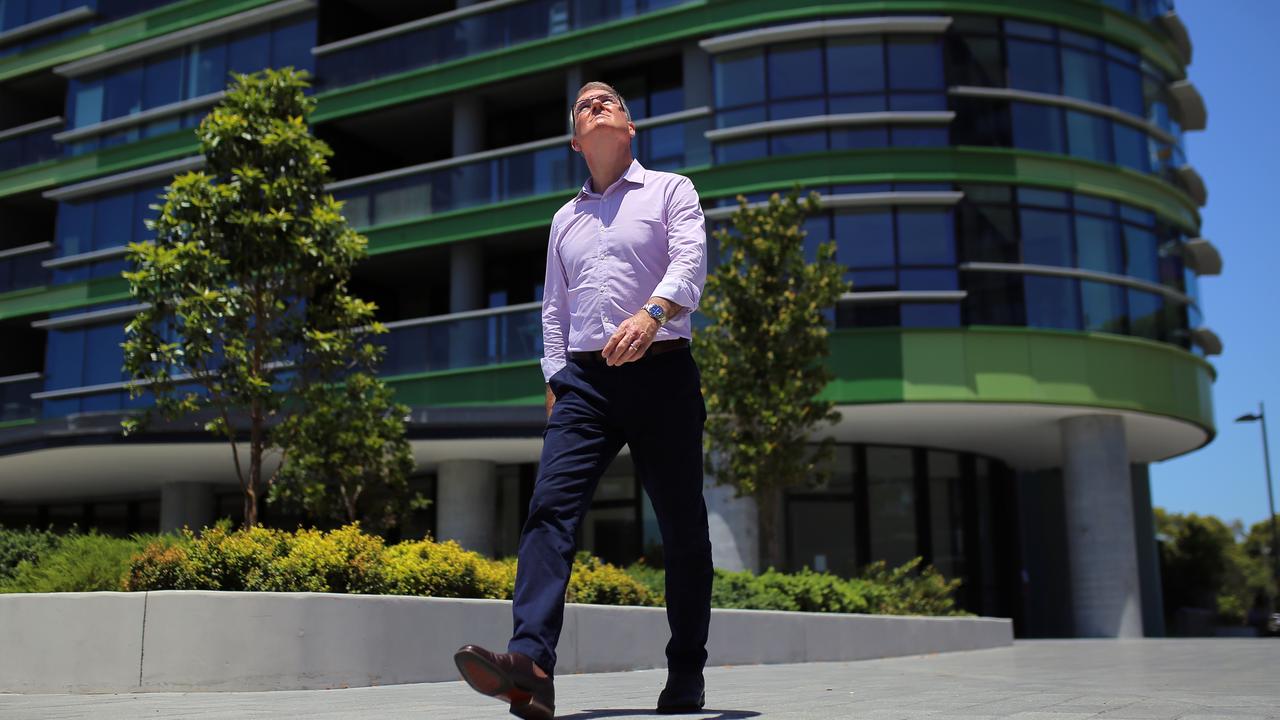
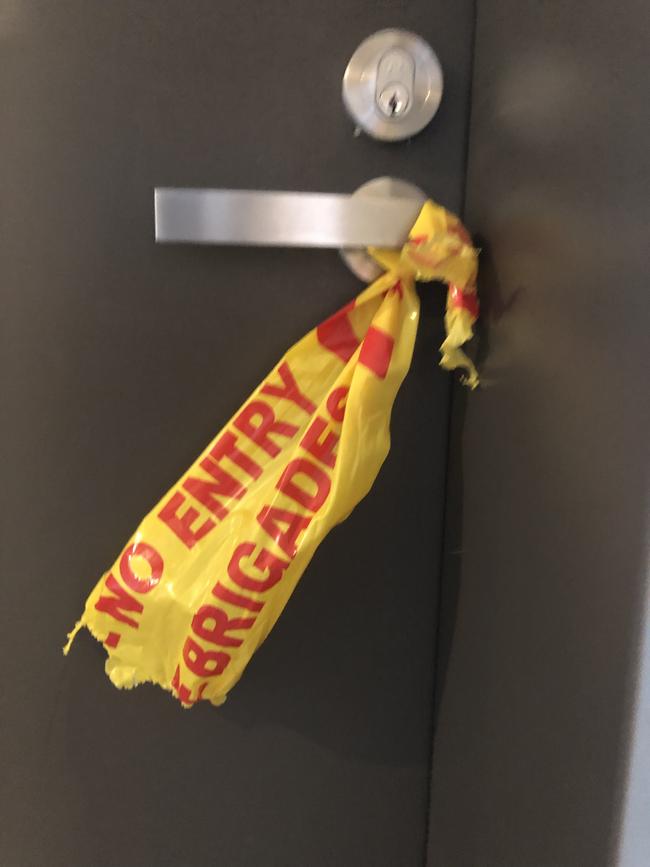
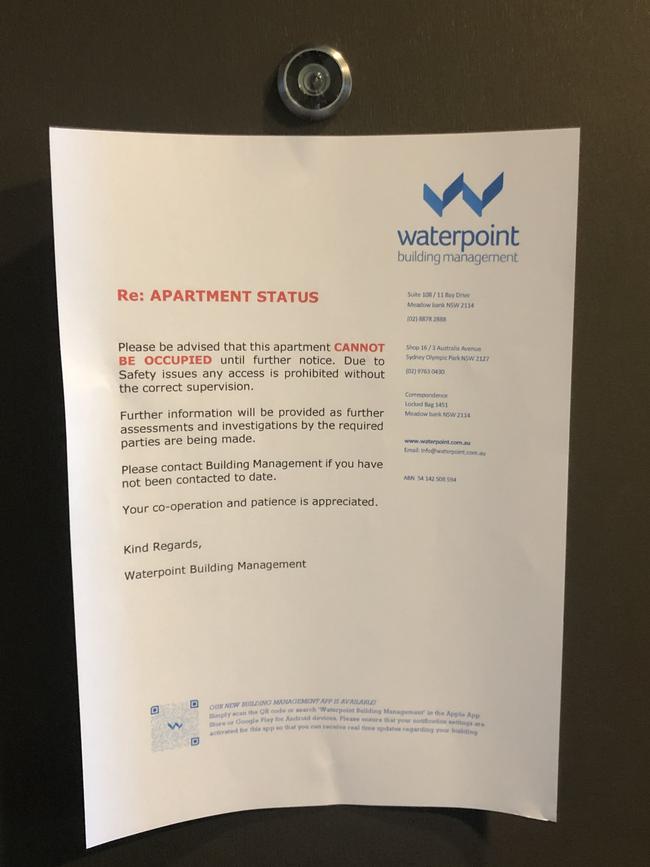
The trophy building was very popular with buyers of Chinese origin, many of whom bought off the plan in 2014 and 2015.
It was in 2014 when Ecove entered into the Opal project agreement with the Sydney Olympic Park Authority (SOPA) with a formula for dividing profits for the Opal Tower between Ecove and SOPA.
Opal Tower saw the typical process where a section 96 application for more apartments being squeezed in came after the initial development application.
Developer Ecove had previously built three nearby towers and most recently was granted development rights over another site for a proposed 4.5 star hotel of 270 rooms and 200 serviced apartments.
The original construction contract sum for the gateway site building was $155 million (excluding GST) with the final costs coming in over $175 million, according to the court judgement.
Ecove lost a recent legal battle over a land tax bill from Revenue NSW.
The NSW Civil and Administrative Tribunal ruled mid-year that Ecove’s 2014 development agreement with SOPA provided for a construction lease, rather than a licence to access the land.


